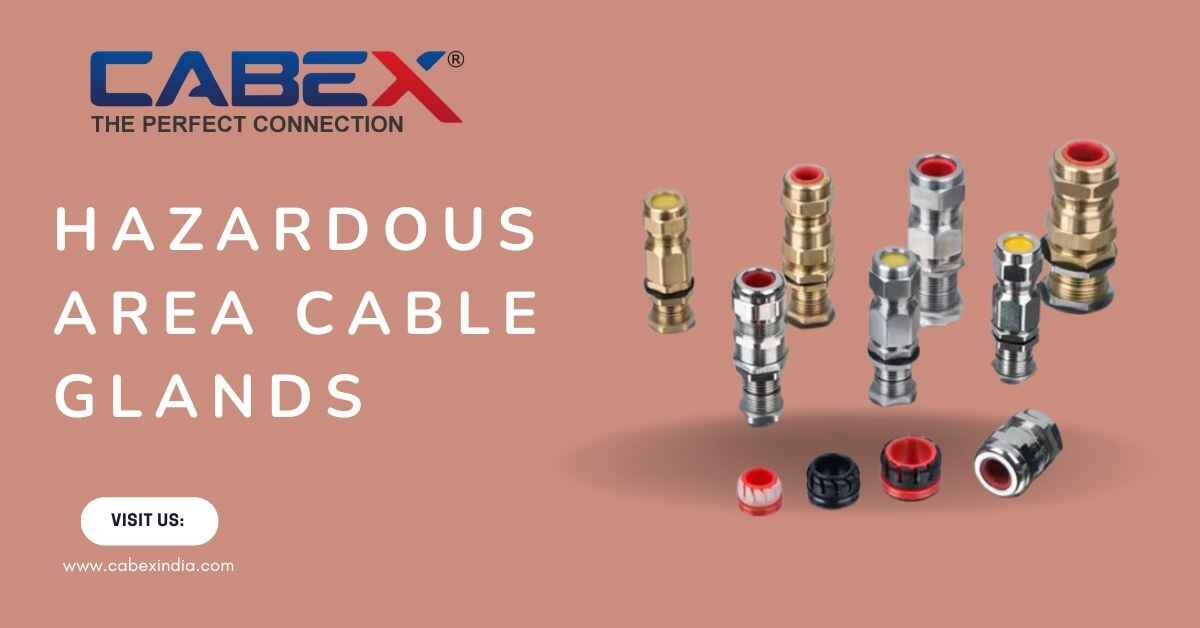


Hazardous area cable glands are widely used in industries where explosive or flammable substances are present. Key applications include:
In industries dealing with hazardous environments, ensuring the safety and reliability of electrical connections is paramount. Hazardous Area Cable Glands serve a crucial role in protecting cables from explosion risks, fire hazards, and environmental factors. These specialized glands are engineered to provide secure sealing, mechanical retention, and environmental protection, making them indispensable in oil and gas, chemical processing, pharmaceutical, mining, and marine industries.
Hazardous area cable glands are specialized connectors designed to terminate cables in potentially explosive atmospheres. These glands prevent flammable gases, vapors, or dust particles from igniting due to electrical sparks or excessive heat. They comply with stringent international safety standards such as ATEX, IECEx, UL, and CSA, ensuring they meet the highest industry requirements.
These glands come in various materials like brass, stainless steel, and aluminum to withstand corrosive environments. They are designed for use with armored and unarmored cables and can be fitted with additional sealing solutions to provide enhanced ingress protection.
These are designed for Zone 1 and Zone 2 hazardous locations, where an explosive gas atmosphere is likely to occur. They prevent flame propagation inside the enclosure and eliminate the risk of explosion.
Used in areas where the presence of explosive gases or dust is minimal but still a concern. These glands provide enhanced mechanical protection and maintain ingress protection to prevent the entry of contaminants.
Designed for Zone 2 environments where explosive gases are not frequently present but could appear under abnormal conditions. These glands limit the ingress of flammable substances and prevent electrical components from becoming an ignition source.
Used in circuits where electrical energy is limited to safe levels, ensuring that even a faulty connection will not cause an explosion. These are commonly used in low-energy instrumentation and control circuits.
Designed to provide electromagnetic compatibility (EMC) shielding, these glands are essential in environments where electrical interference can affect the performance of sensitive instruments.
Hazardous area cable glands are widely used in industries where explosive or flammable substances are present. Key applications include:
Selecting the correct cable gland depends on several factors:
